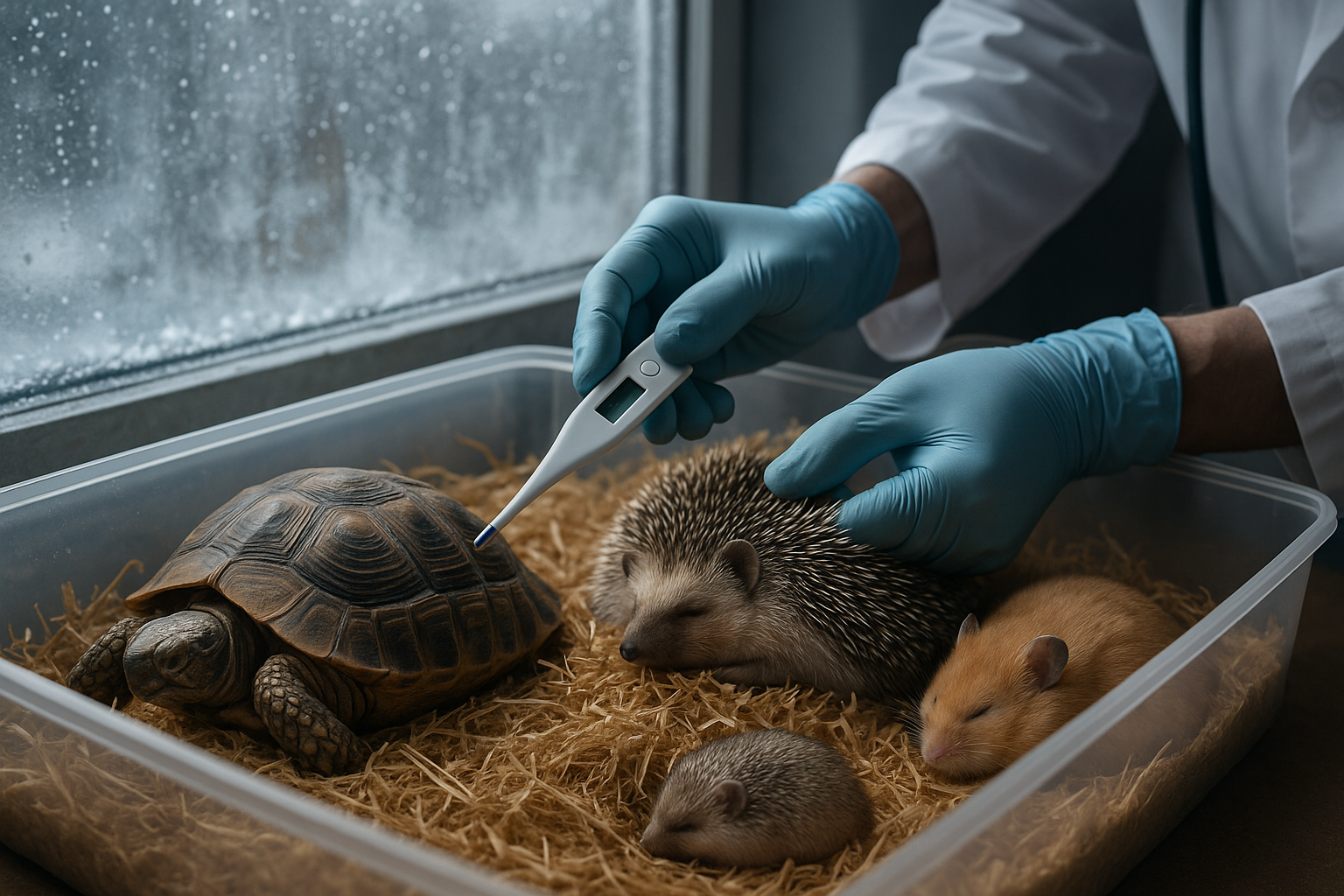The Fascinating World of Hibernating Pets
The world of pets and animals is filled with wonders and surprises. One such intriguing aspect is the phenomenon of hibernation. While hibernation is commonly associated with wild animals like bears, did you know that certain pets also hibernate? Let's dive into the fascinating world of pet hibernation, its historical context, recent updates, and how this natural process impacts the pet care industry.

History and Evolution of Hibernation in Pets
Hibernation is a survival strategy adopted by some animals to overcome harsh environmental conditions, particularly extreme cold. The practice of hibernation has been observed in animals for centuries. The historical context of hibernation in pets, particularly reptiles and small mammals, dates back to their wild ancestors’ survival tactics. Over time, as more of these animals were domesticated, understanding and managing this natural process became an essential aspect of pet care.
Current Understanding of Pet Hibernation
In recent years, advancements in veterinary science have deepened our knowledge of pet hibernation. For instance, it’s now known that animals in hibernation are not merely sleeping but are in a state of torpor, where metabolic processes slow down to conserve energy. Some pets known to hibernate include certain species of tortoises, hamsters, and hedgehogs.
The Impact on Pet Care
The phenomenon of pet hibernation significantly impacts the pet care industry. Pet owners need to understand their hibernating pets’ needs to ensure their well-being during this period. This includes maintaining the right hibernation environment, monitoring their health, and knowing when to wake them up. The pet care market has responded by offering products designed for hibernating pets, such as temperature-controlled habitats and specialized food products. The estimated price range of these products could vary from $20 to $500, depending on the product’s sophistication and brand.
The Science Behind Pet Hibernation
Research has played a crucial role in understanding pet hibernation. Studies have revealed that hibernation is influenced by temperature, daylight hours, and food availability. The process involves significant physiological changes, including reduced heart rate, breathing rate, and metabolic rate. The animal’s body temperature also drops to match the surrounding environment, further conserving energy.
The Art of Caring for Hibernating Pets
Caring for hibernating pets requires knowledge and patience. Firstly, pet owners need to identify if their pet is a hibernating species. Then, it’s important to prepare for the hibernation period by creating an appropriate environment and adjusting the pet’s diet. During hibernation, regular health checks are crucial to ensure the animal is safe. Once the hibernation period is over, the pet needs to be gradually reintroduced to its normal routine.
In conclusion, the phenomenon of pet hibernation is a fascinating aspect of the animal kingdom. As pet owners, understanding, respecting, and nurturing this natural process can help ensure our pets’ health and well-being. It’s yet another testament to the diverse and intriguing world of pets that continues to captivate us.





